10/13/19
3:00-3:30 p.m.
I chose to observe the purple stemmed plants that are in the west of my sit spot. My sit spot has a lot of green to it so seeing a color other than green drawed my eyes to it. Even though the plant I’m observing is being eaten there’s some purple plants that are practically untouched. Their stems are very thick and have a dark purple to them. The stems felt very sturdy yet their leaves felt delicate and had the same texture as kale. There’s small white flowers and dark berries on it and something had been eating my plant so I thought maybe it was edible? I eventually found some information on some websites called Quality deer management association and on a page for the university of Florida IFAS on what the name was. A pokeweed. 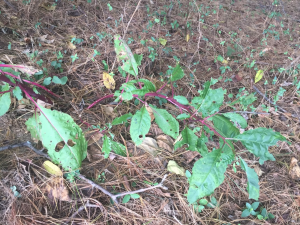
I thought it would be easier to find the name of this plant since it has purple stems and thought it is easier to describe to Google. Though, the results kept going towards a plant called Angelica atropurpurea because of its purple roots and white flowers. Great. The experience of finding the plant’s name was like talking to a brick wall, only retaining half the information like ‘plants with purple stems’ and the internet giving me results of broccoli and cauliflower and nothing else. I started to think maybe it was the Angelica plant because all I could find was plants with purple foliage and not purple stems. But when I added the word ‘berries’ there popped up look alike grape berries called pokeberries from the plant pokeweed. I could tell it was the right plant because of how the berries grow on the plant looks similar to how grapes grow. Not super challenging but not as easy as I thought. The websites gave me some interesting facts about pokeweeds. Like, its been used and shown positive affects on HIV and AIDS also that Native Americans used it as a narcotic and a heart stimulant. Even though each part of the plant has some toxins in it. So it can negatively affect humans and animals who consume it.
Consuming the plant can cause digestive issues like diarrhea and vomiting to blood damage which can lead to bloody vomit/diarrhea and even death. Though, some species have gained a type of immunity to eating the plant like birds, deer, foxes and some other animals. Deer seem to enjoy this plant the most because of the high protein and low effort to digest. The seeds of the plant is spread through the feces of birds because of their consumption of the berries.
Observing the plant was very calming and simple because, of course, I didn’t have to worry about it running away and I could observe textures, looks and I even noticed the smell of the plant which is very strong and smells kind of like celery. It was fun to notice strange details because you don’t notice these small things right away. Finally finding its information and being able to confidently identify it was an awesome feeling because you look at the plant or whatever species differently because you learn how it impacts the enviroment.
The websites I used
https://www.poison.org/articles/2012-aug/pokeberries-and-grapes-look-alike

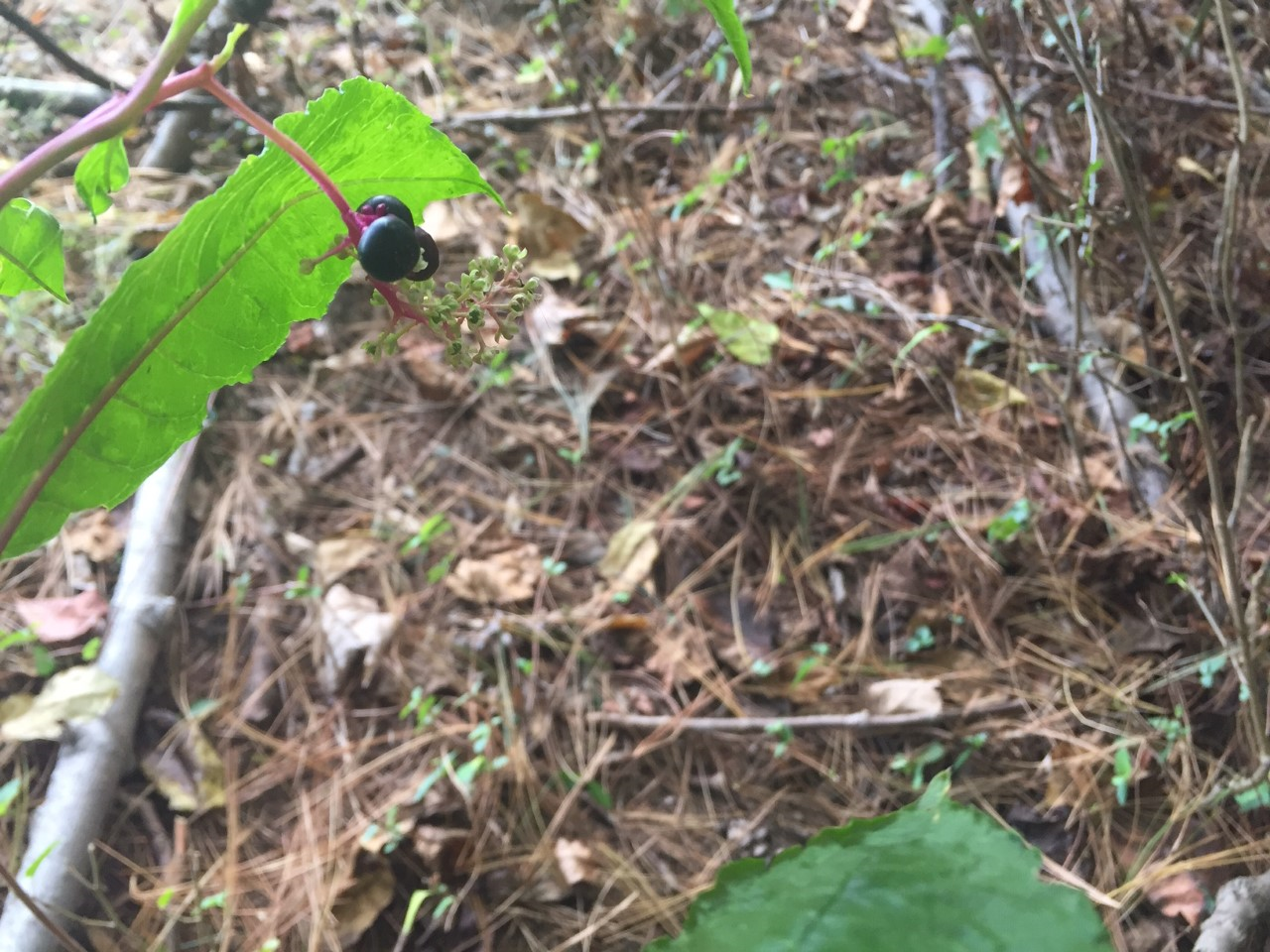
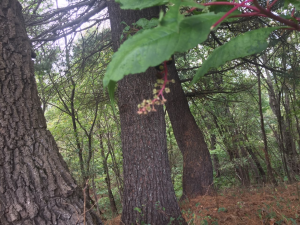
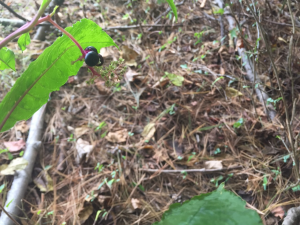
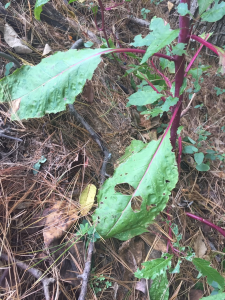

I also observed these last week. Very fascinating!